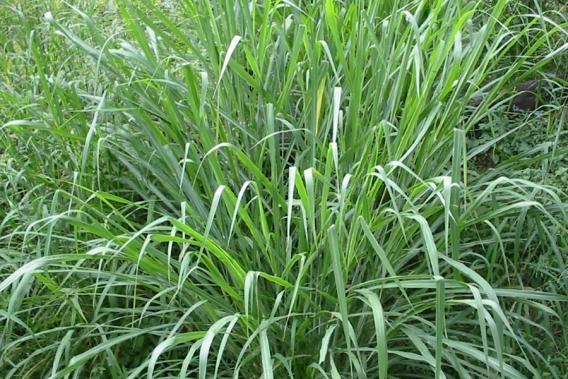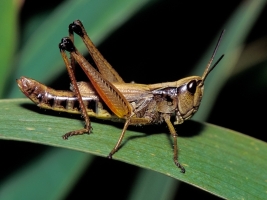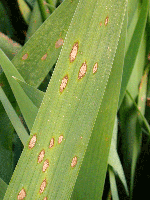General Information
The botanical name of Guinea grass is Megathyrsus maximus. It is used as fodder for animals and is used to make hay. It is a tall perennial grass with average height of 3-4 m. The leaf blades have fine tip and is long and have midrib which is 1 cm wide. Seed heads are 40 cm long, oblong shape and are greenish purple in color. It is found in tropical Africa, Yemen, Palestine and India. In India, Punjab is the major guinea grass growing state.






















